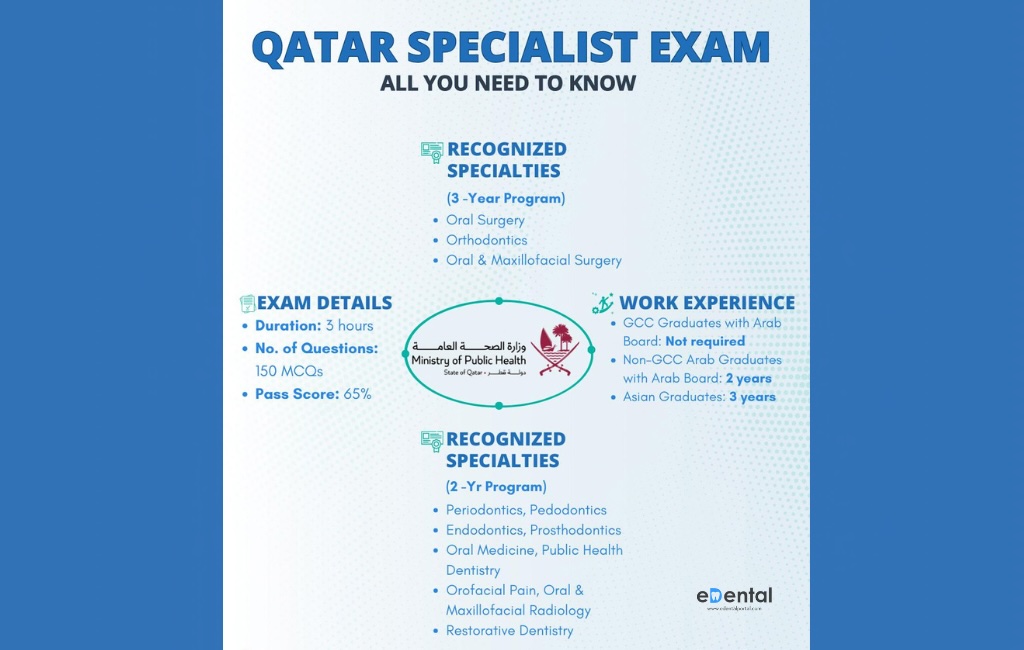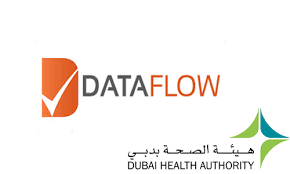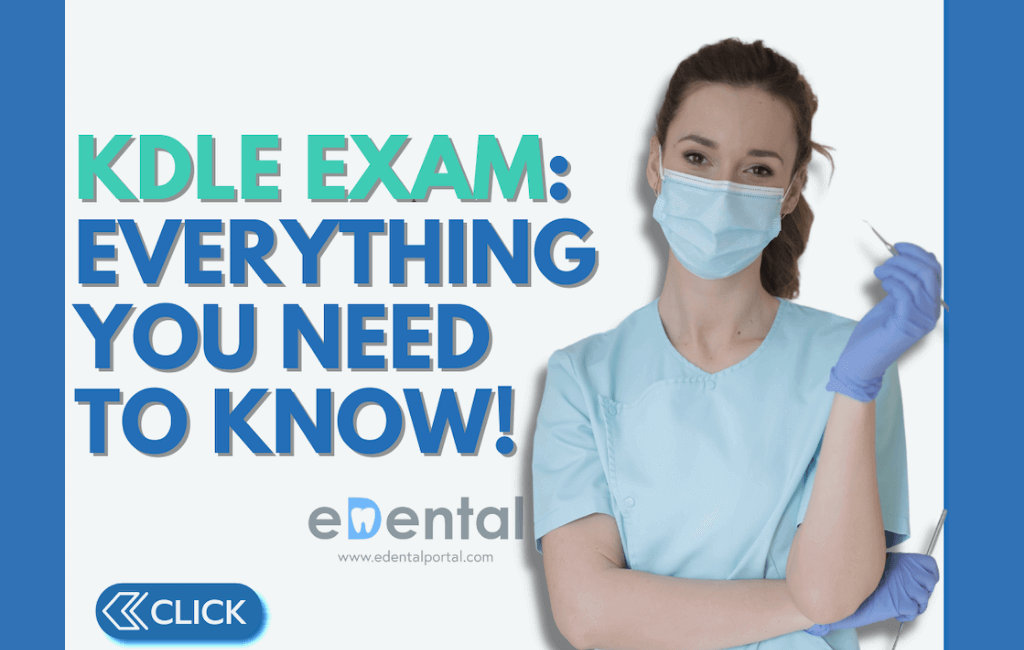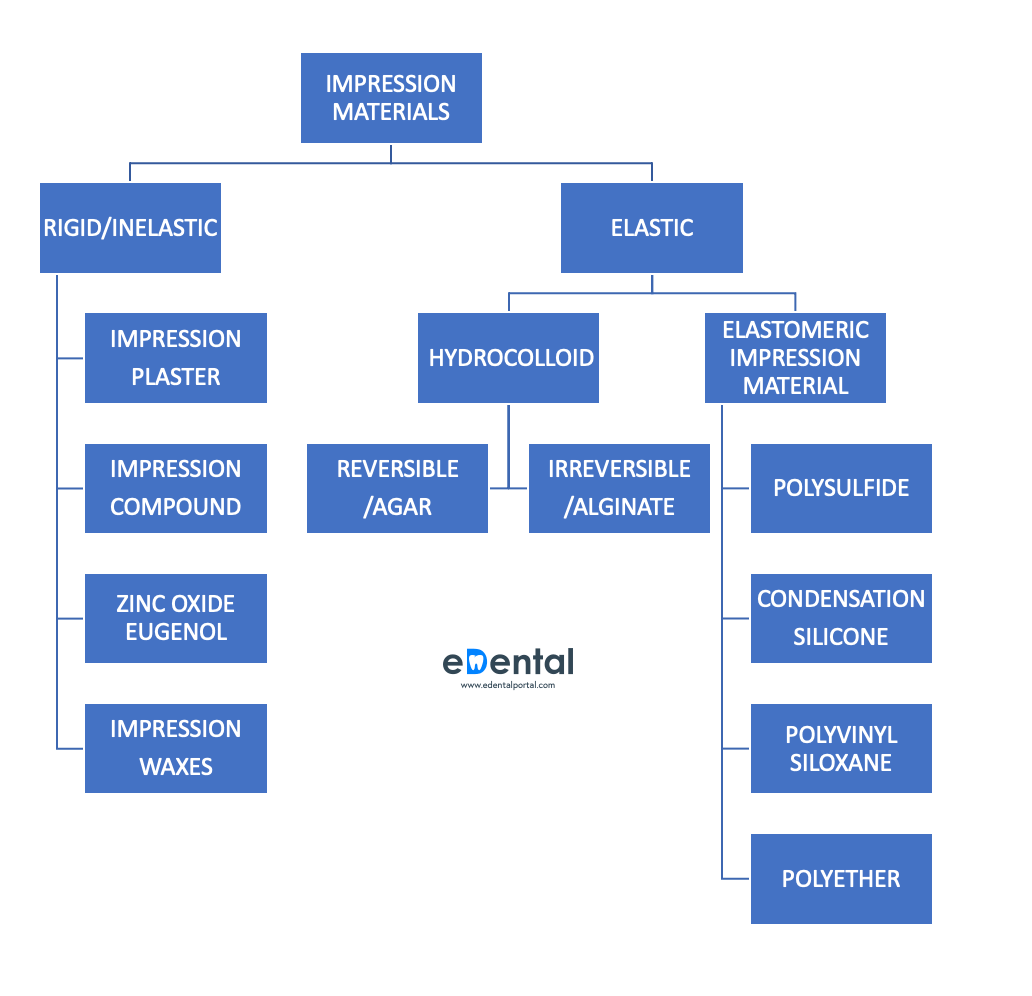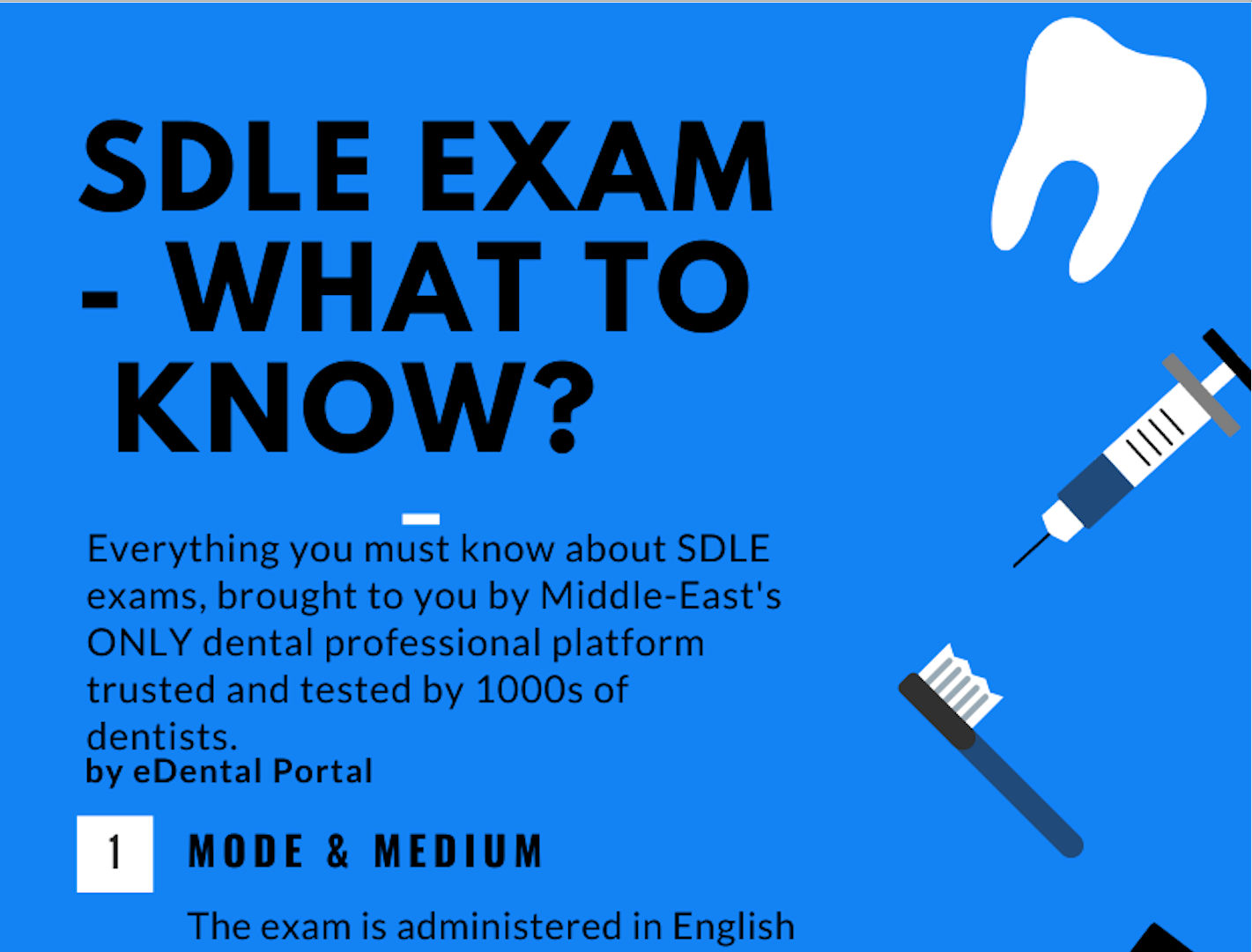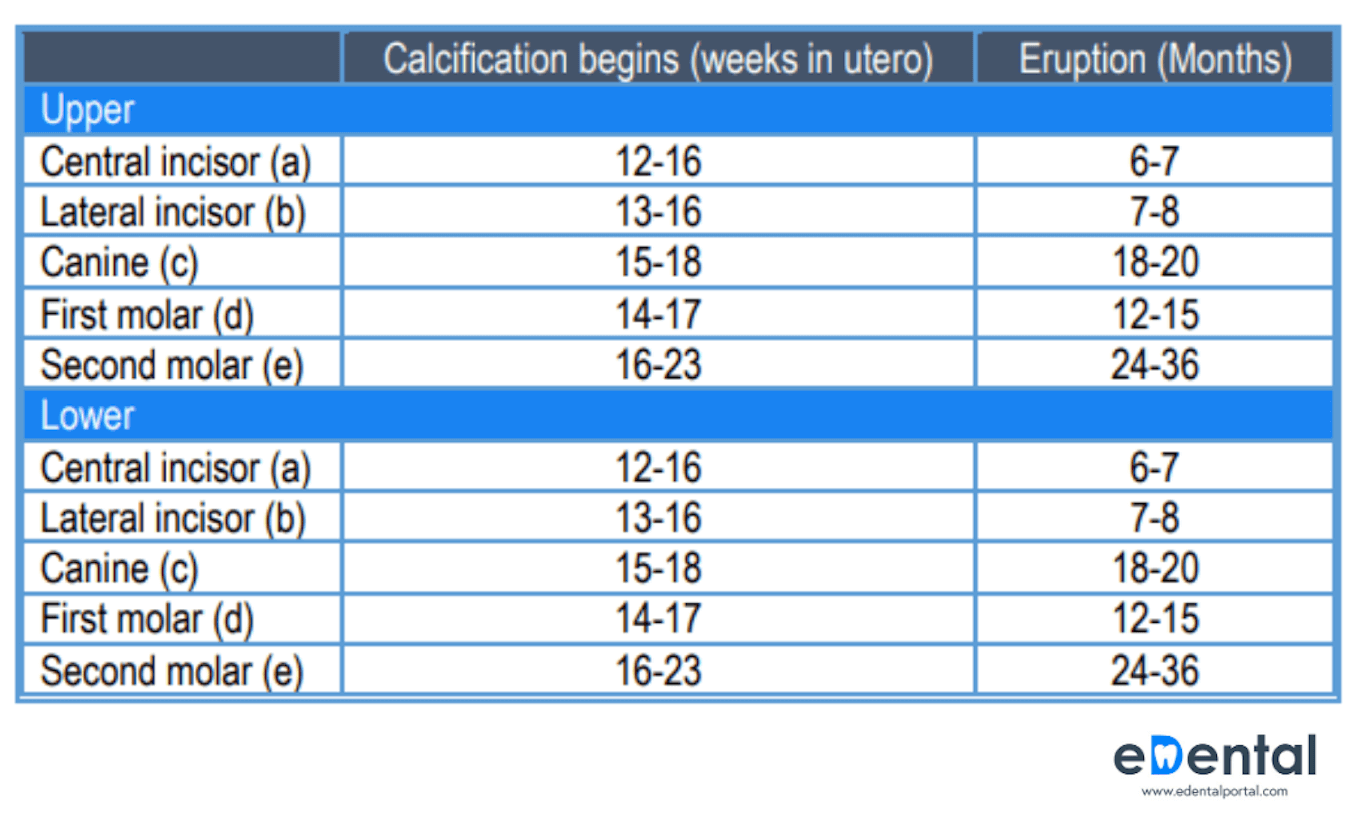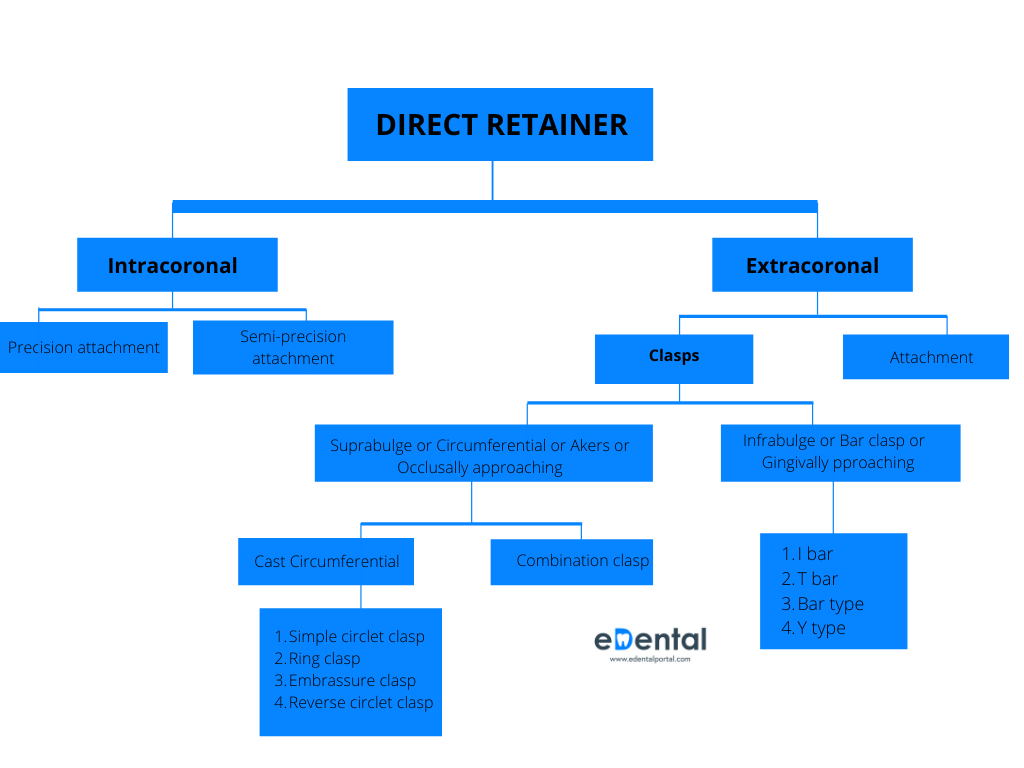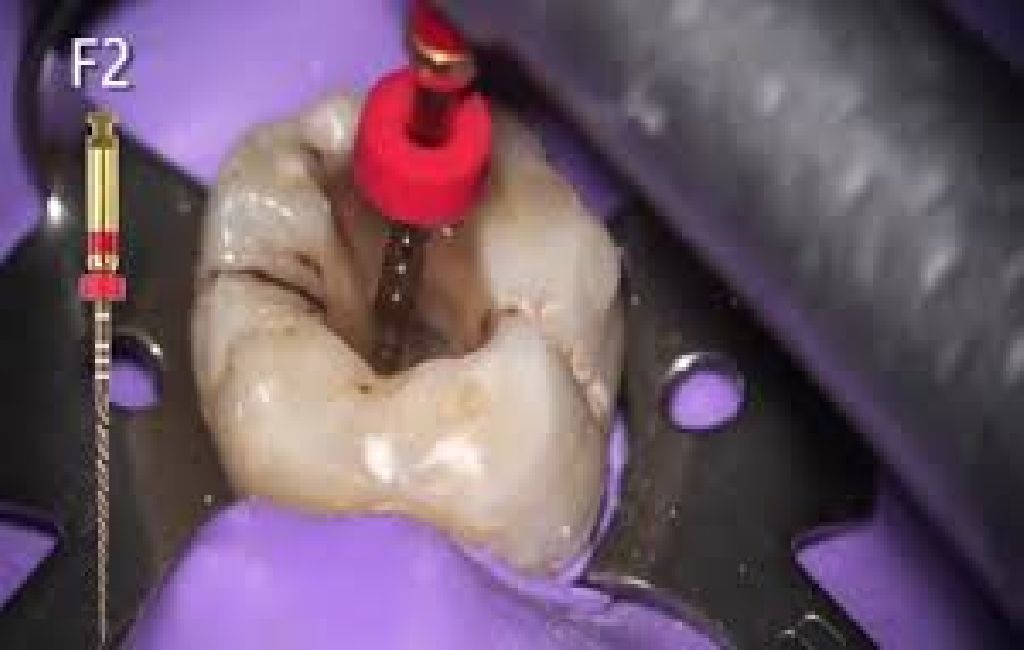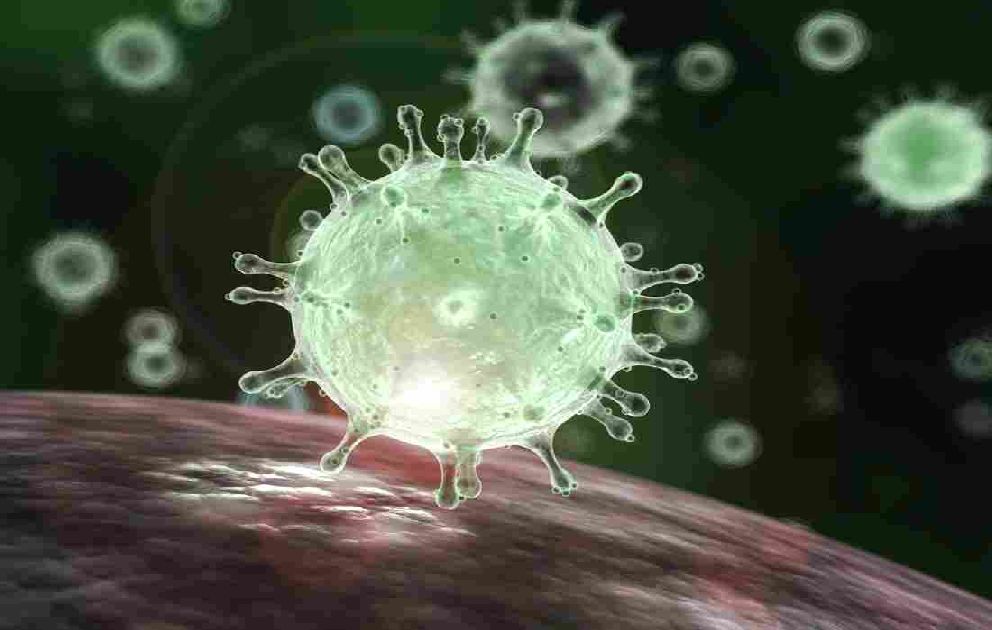
Corona virus: Infection Control for Dental Practice
On 11-03-2020 | Read time about 12 Minutes
This post is the first of a series posts, specific to the COVID-19 pandemic. Please read this post alongside with What constitutes urgent dental care in the face of COVID-19 which details an algorithm/triage for urgent dental care for treating patients during the pandemic, based on CDC and BDA.
Dentists and other dental professionals expose to tremendous risk of COVID-19 infection in dental practice through face-to-face communication, exposure to saliva, blood, other bodily fluids, and handling of sharp instruments. We recommend infection control measures to minimize transmission based on recent findings and recommendations.
Symptoms
The typical clinical symptoms of patients who suffer from the novel coronavirus include
- Fever
- Sore throat and/or cough
- Breathing difficulties
- Myalgia or fatigue with abnormal chest CT
- Less common symptoms include sputum production, headache, hemoptysis, and diarrhoea
Transmission routes
- Direct transmission (cough, sneeze, and droplet inhalation transmission)
- Contact transmission (contact with oral/saliva, nasal, and eye mucous membranes).
Although common clinical manifestations of novel coronavirus infection do not include eye symptoms, the analysis of conjunctival samples from confirmed and suspected cases of COVID-19 suggests that the transmission of COVID-19 is not limited to the respiratory tract, and that eye exposure may provide an effective way for the virus to enter the body.
The microorganisms can be transmitted in dental settings through
- Inhalation of airborne microorganisms that can remain suspended in the air for long periods
- Direct contact with blood, oral fluids, or other patient materials, contact of conjunctival, nasal, or oral mucosa with droplets and aerosols containing microorganisms generated from an infected individual and propelled a short distance by coughing and talking without a mask.
- Indirect contact with contaminated instruments and/or environmental surfaces.
- Airborne (transmission over large distances in excess of 6 feet or more) as viruses can remain viable and infectious in aerosols for 3 hours.
INFECTION CONTROLS FOR DENTAL PRACTICE
1. Identify a suspected case of COVID-19
- A patient with COVID-19 who is in the acute febrile phase of the disease is not recommended to visit the dental clinic. One should not treat the patient in the dental clinic, but immediately quarantine the patient and report to the infection control department/similar in your area/city as soon as possible.
- Screen patients with potential infection of COVID-19 before they could be led to the dental chair-side using the below questions.
(1) Do you have fever or experience fever within the past 14 days?
(2) Have you experienced a recent onset of respiratory problems, such as a cough or difficulty in breathing within the past 14 days?
(3) Have you, within the past 14 days, traveled to Wuhan city and its surrounding areas, or visited the neighborhood with documented 2019-nCoV transmission?
(4) Have you come into contact with a patient with confirmed 2019- nCoV infection within the past 14 days?
(5) Have you come into contact with people who come from Wuhan city and its surrounding areas, or people from the neighborhood with recent documented fever or respiratory problems within the past 14 days?
(6) Are there at least two people with documented experience of fever or respiratory problems within the last 14 days having close contact with you?
(7) Have you recently participated in any gathering, meetings, or had close contact with many unacquainted people?
If a patient replies “yes” to any of the screening questions, and his/her body temperature is below 37.3 °C, the dentist can defer the treatment until 14 days after the exposure event. The patient should be instructed to self-quarantine at home and report any fever experience or flu-like syndrome to the local health department.
If a patient replies “yes” to any of the screening questions, and his/her body temperature is no less than 37.3 °C, the patient should be immediately quarantined, and the dental professionals should report to the infection control department of the hospital or the local health department.
2. Hand hygiene
Direct all patients to use a hand sanitizer, preferably from a non-touch dispenser stand and to rigorously rub their hands for 20 seconds.
Wash hands before patient examination, before dental procedures, after touching the patient, after touching the surroundings and equipment without disinfection, and after touching the oral mucosa, damaged skin or wound, blood, body fluid, secretion, and excreta. More caution should be taken for the dental professionals to avoid touching their own eyes, mouth, and nose.
- Good hand hygiene is the most important protection for the dentist and the staff:
- Thorough hand washing with soap and water
- Lather hands with soap
- Lather the back of hands, between the fingers and under the nails
- Scrub hands for at least 20 seconds
- Rinse off
- Dry hands with a clean disposable towel or air dry them before putting golves on
3. Personal protective measures for the dental professionals
Although a patient with 2019-nCoV infection is not expected to be treated in the dental clinic, in the unlikely event that a patient unknowingly arrives in their active illness stage/incubation stage, and the dental professional cannot avoid close contact, special protective outwear is needed. If protective outwear is not available, working clothes (white coat) with extra disposable protective clothing outside should be worn. In addition, disposable doctor cap, protective goggles, face shield, disposable surgical mask, disposable latex gloves, and impermeable shoe cover should be worn.
- Be careful not to touch your face when taking masks and shields off
- Due to mask shortages, some dentists/dental professionals are limiting the number of masks used in a day and reusing masks. This is not acceptable. The CDC states, “A single-use device, also called a disposable device, is designed to be used on one patient and then discarded, not reprocessed for use on another patient."
4. Rubber dam isolation
The use of rubber dams can significantly minimize the production of saliva- and blood-contaminated aerosol or spatter, particularly in cases when high-speed handpieces and dental ultrasonic devices are used. If rubber dam isolation is not possible in some cases, manual devices, such as Carisolv and hand scaler, are recommended for caries removal and periodontal scaling, in order to minimize the generation of aerosol as much as possible.
If rubber dams are unavailable or you are doing a procedure that doesn't permit rubber dam use- have the patients rinse with a 1% hydrogen peroxide solution before each appointment.
5. Anti-retraction handpiece
The high-speed dental handpiece without anti-retraction valves may aspirate and expel the debris and fluids during the dental procedures. More importantly, the microbes, including bacteria and virus, may further contaminate the air and water tubes within the dental unit, and thus can potentially cause cross-infection. Anti-retraction dental handpiece with specially designed anti-retractive valves or other anti-reflux designs are strongly recommended as an extra preventive measure for cross-infection.
6. Disinfection of the clinic settings
The coronavirus can stay alive on surfaces for 24 hours+, it is important to keep all surfaces clean and sanitized. This should include public areas like the waiting room, the bathroom and the front desk including door handles, chairs, and desks. The elevator should be disinfected regularly. It goes without saying that the operatory and appliances should be cleaned and disinfected as frequently as regularly as realistically possible.
- Common cleaners such as 0.1% sodium hypochlorite, 0.5% hydrogen peroxide or 62-71% ethanol are effective.
- Any cloths and mop heads used must be disposed of as single use items or disinfected for future use
7. Management of medical waste
The medical waste (including disposable protective equipment after use) should be transported to the temporary storage area of the institute timely. The reusable instrument and items should be pretreated, cleaned, sterilized, and properly stored promptly
By following the above measures strictly you are not just protecting yourself, but also being a responsible citizen of the world- making a difference and stopping the spread of coronavirus in your community. Safety comes first- you are never too careful to be safe.
Finally, take the time to share valid evidence-based information, not false-information.
- Coronavirus Disease 2019 (COVID-19). Centers for Disease Control and Prevention. March 3, 2020. Retrieved from https://www.cdc.gov/coronavirus/2019-ncov/faq.html#basics.
-
Peng, X., Xu, X., Li, Y. et al. Transmission routes of 2019-nCoV and controls in dental practice. Int J Oral Sci 12, 9 (2020). https://doi.org/10.1038/s41368-020-0075-9
-
van Doremalen N, Bushmaker T, Morris DH, Holbrook MG, Gamble A, Williamson BN, et al. Aerosol and Surface Stability of SARS-CoV-2 as Compared with SARS-CoV-1. New England Journal of Medicine. 2020 Mar 17;0(0):null.
Latest Posts

FREE PROMETRIC PRACTICE TESTS
Try out the most relevant Prometric mock test questions for Dental exams here.
ENROLL NOW



